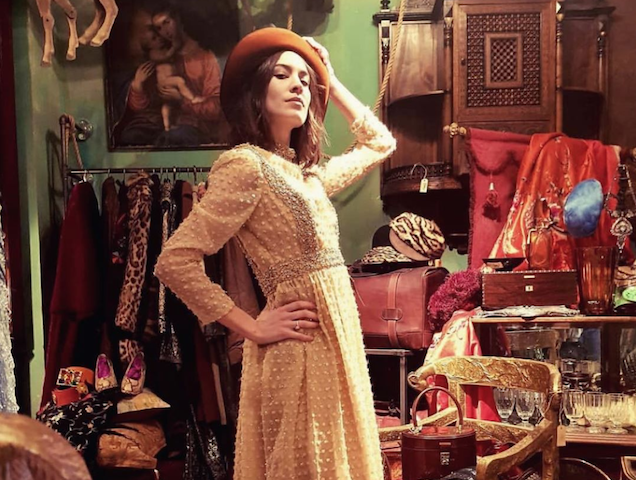[ Next: Ways to Style Your Vintage T-Shirts That Aren’t Worn Out ]
12 Rookie Mistakes to Avoid When Vintage Shopping
-
Forgetting to Look for Stains and Holes
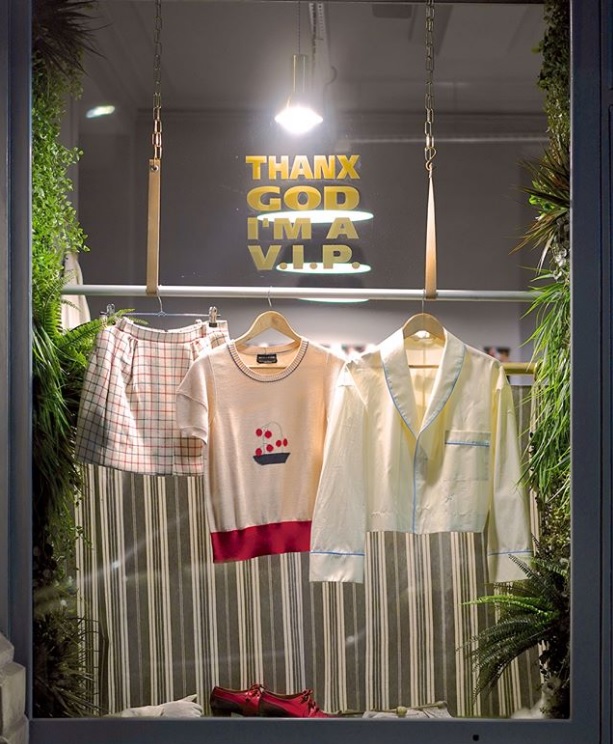
Those not in the habit of inspecting every clothing purchase with a fine-tooth comb need to when they shop secondhand. Every. Single. Time. Rachael Dobie, owner of Its Vintage Darling Ltd., cautions that holes can be difficult to fix. If the rip is in a seam it could be repaired, but anywhere else will require tricky patching. Always check the armpits of a garment because stained pits likely won't be able to be fixed.
Image: @thanxgodimavip
-
Not Trying It on
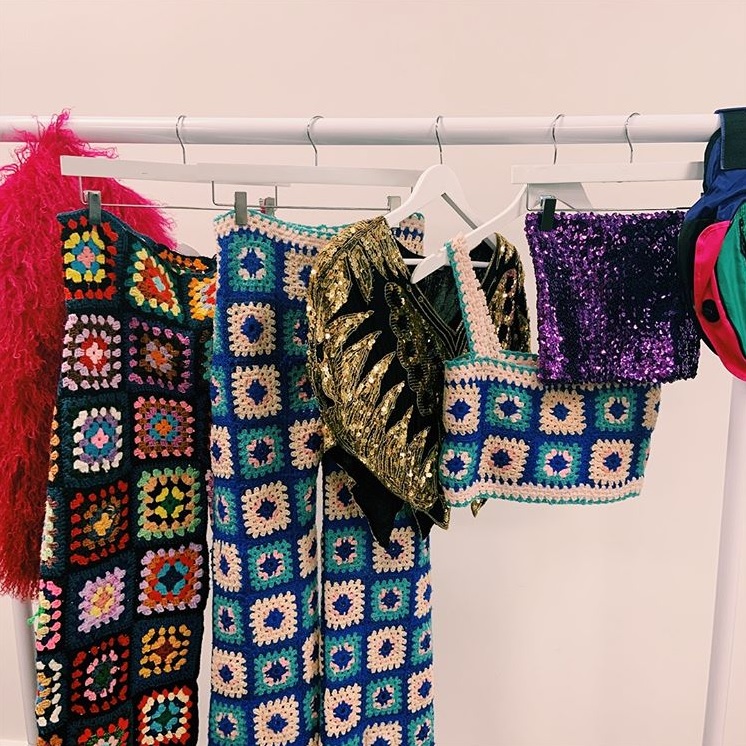
Don't like trying things on? Those who are able to should try on everything they're considering buying. Sizing, fit and fabrications vary between decades. (Hello, vanity sizing.) Additionally, some pieces might have been altered, were homemade or even had the wrong size tag sewn in. Dobie points out that there might be markets where you cannot try clothes on. And online shopping makes things difficult. In these cases, make sure you know your measurements and compare them to the garment length and width. Don't just read the size label.
Image: @asosmarketplace
-
Buying Things in Poor Condition
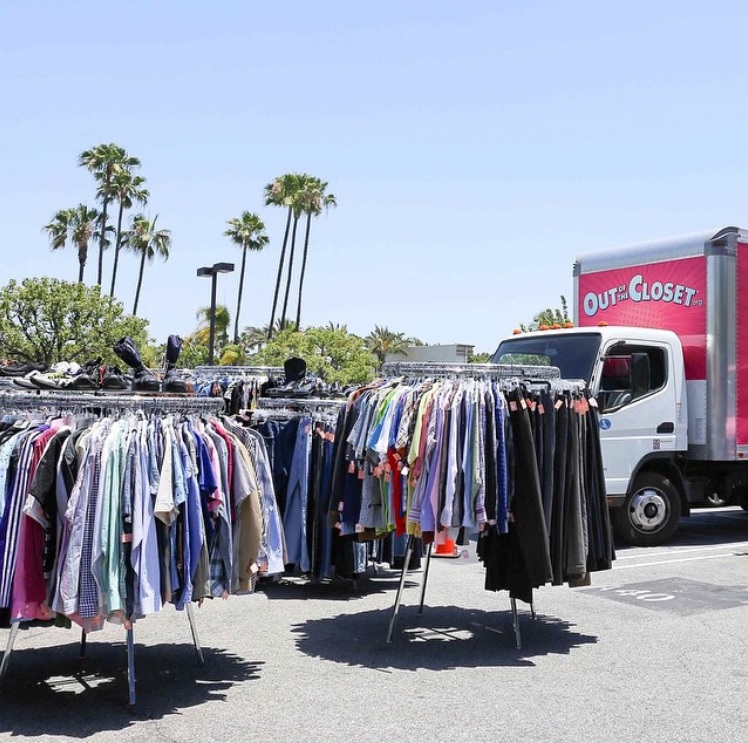
Don't rely on sellers to remove all the items in poor condition. "Fair" and "poor" are subjective terms and what someone might think is decent condition, another might not. On top of that, larger shops or secondhand chains likely don't examine every item thoroughly. Inspect any potential buys carefully. If something is very worn, fragile and has holes and/or stains, it's best to leave it behind. Unless it's a one-time-use garment, the piece will likely become beyond repair after a few wears.
Image: @outofthecloset
-
Purchasing Based on Price
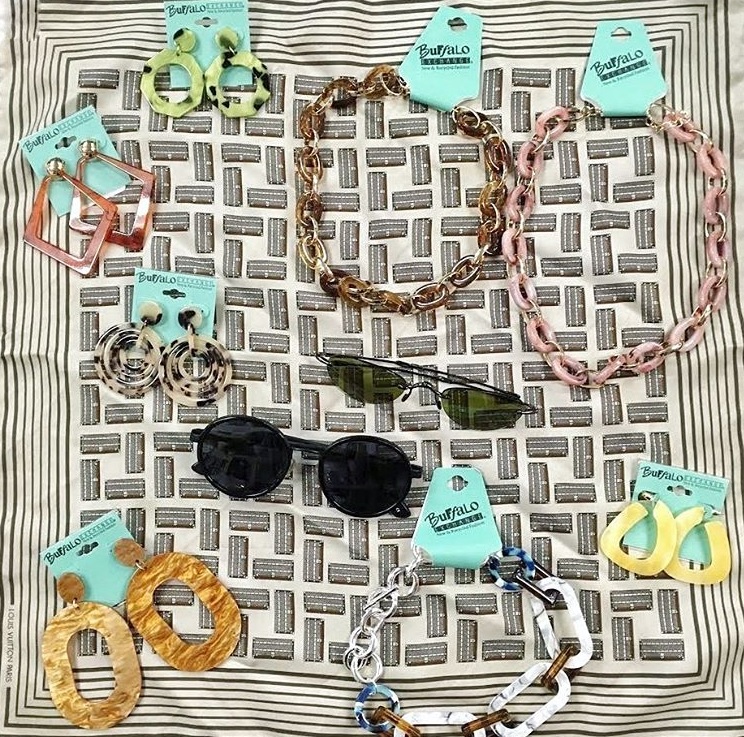
How many times have you been lured by an 80 percent off tag at a retailer? The bargain prices can make us forget to ask ourselves whether we genuinely like the item or whether we're just buying it based on price. Don't fall into the same trap with vintage shopping. Some secondhand items can be on sale for a few dollars. Resist temptation to purchase a massive haul. Consider the style and remember to inspect garments for holes and stains. There could be a reason it's inexpensive.
Image: @buffaloexchange
-
Not Being Aware of Vintage Versus Secondhand
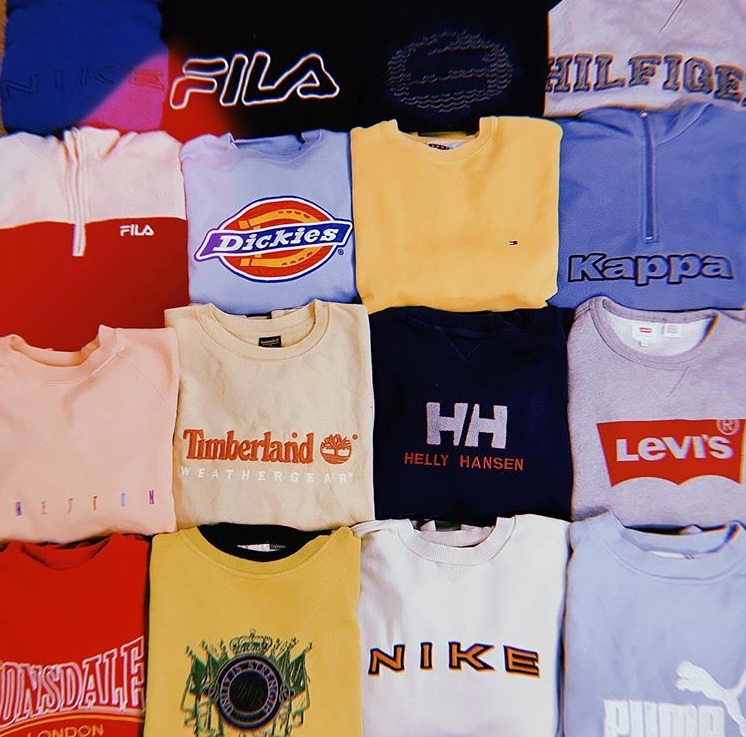
"Vintage" and "secondhand" are often used interchangeably but proper vintage is typically considered more than 20 years old. Secondhand clothes and accessories can encompass anything that was previously worn whether it was from 1958 or 2017. So, those looking for 2000s band T-shirts might not find them at certain secondhand stores.
Image: @slush_vintage
-
...And Failing to Differentiate Between Store Types
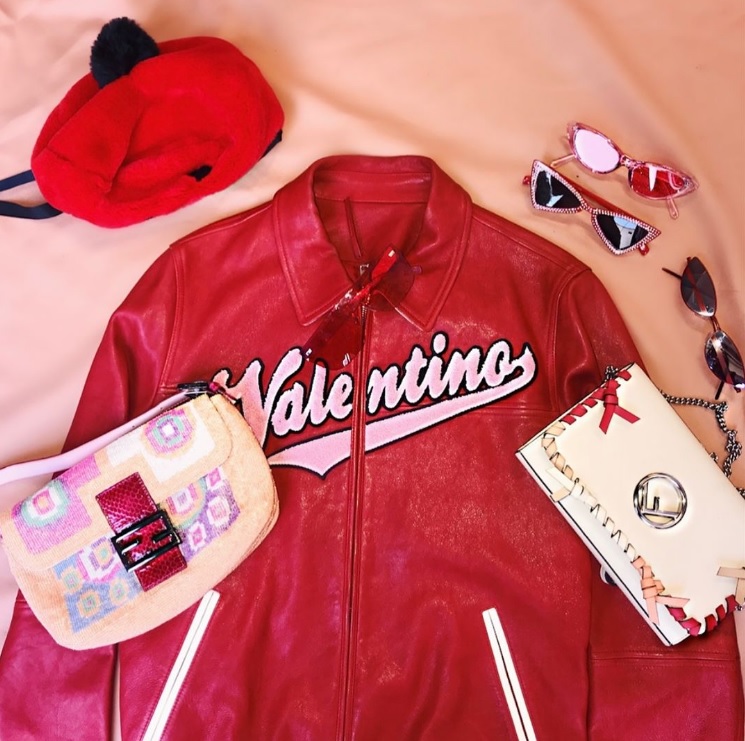
Thrift stores, vintage shops and resale shops sound like similar things, but they can have very different merchandise and price points. Wasteland director of retail operations Anna Rosenblat says that it's so important for people to understand the differences before going into a store so they know what to expect and won't be disappointed. Thrift stores (e.g., Goodwill, Salvation Army, Out of the Closet) receive donations and accept clothing regardless of style.
Rosenblat says that vintage shops (e.g., Golyester, The Way We Wore, What Comes Around Goes Around) typically specialize in strictly older pieces. Generally, they source from vintage wholesalers, estate sales or rag mills and usually don't buy or receive donations from the public.
Resale shops (e.g., Wasteland, Crossroads, Buffalo Exchange) typically buy from the public on a walk-in basis. Wasteland purchases from the public and from various vintage and contemporary designers. The result is authentic vintage pieces like rock tees or 1970s Levi's. In Wasteland's case, it also buys current designer pieces and modern brands such as Topshop and Zara.
Image: @shopwasteland
-
Not Carrying a Tape Measure
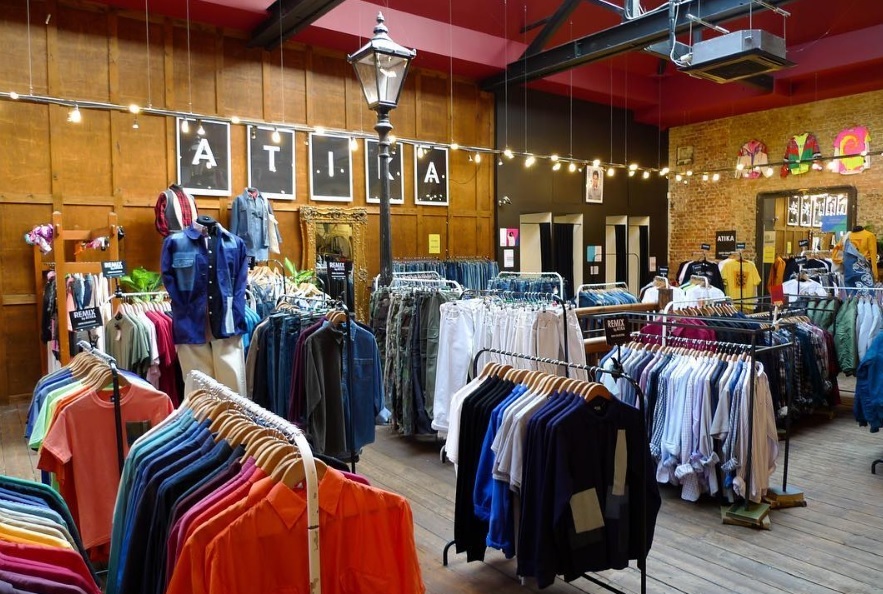
Dobie says that a tape measure is a "vital piece of kit" when secondhand shopping, especially in places where there are no change rooms. It can be used to confirm the measurements of a garment.
Image: @atikalondon
-
Getting Overwhelmed
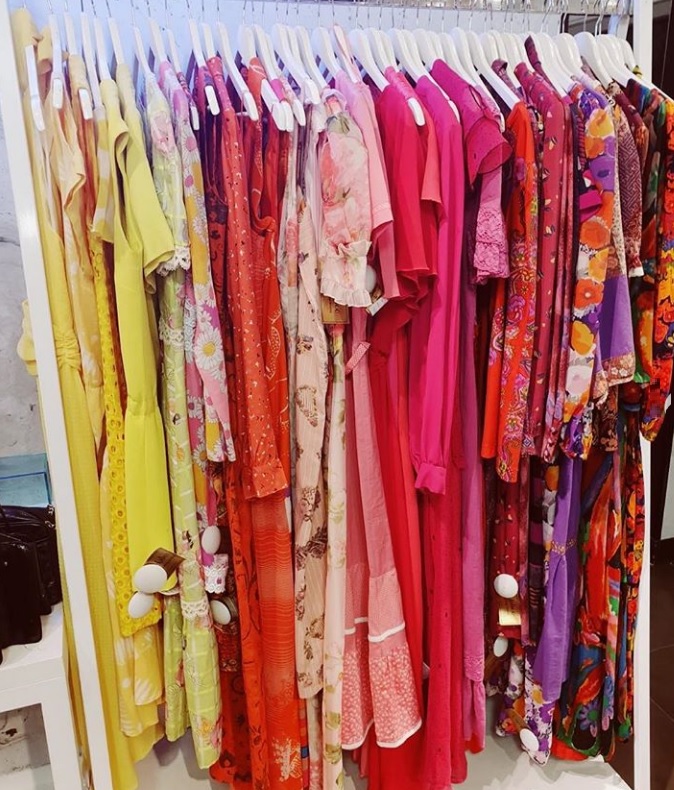
All of the rails of clothes and endless online marketplaces can make even the keenest shopper's head spin. Newbie vintage shoppers should have a game plan. Know what you're after and identify what's missing from your current wardrobe. Want a pair of vintage jeans? Looking for a dress for an event? Focus on that. It might be helpful to restrict searches by decade or price.
Image: @peekaboovintage
-
Not Asking Questions
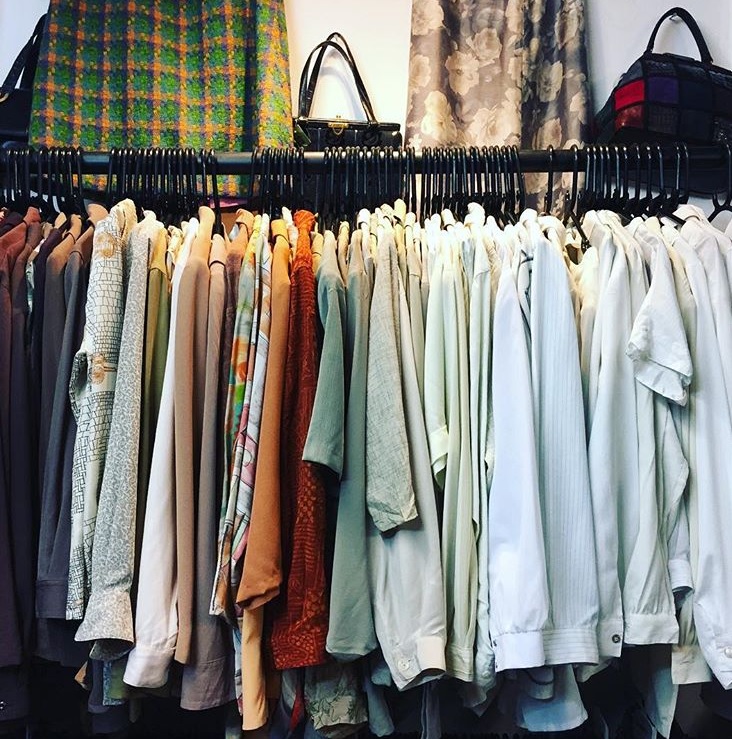
Buying something from the original purchaser or shopping at a specialty vintage store? Use the person's knowledge to your advantage. Find out where the piece came from, how much it has been worn, the material, how it was cared for — anything you can. Asking questions is especially helpful with online purchases where we can't feel materials or see if there are 10 hook and eye closures on the side of a dress.
Image: @absolutevintagelondon
-
Failing to See the Potential
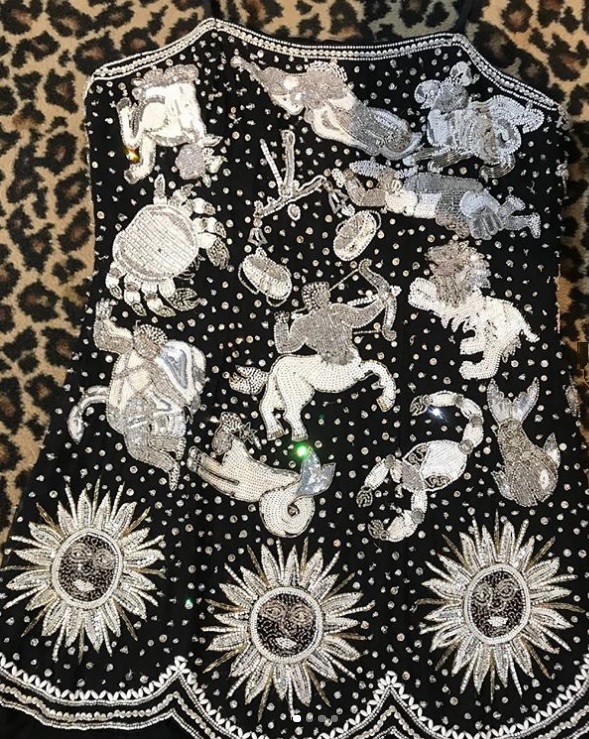
Even those with basic sewing skills can fix buttons and alter a hem. Similarly, it doesn't take much effort to remove shoulder pads or a questionable frill. "[A secondhand find] might look like something your grandmother would wear, but if you have a good seamstress or can sew yourself, think about altering the garment to your taste," says Dobie.
Image: @thewaywewore
-
...But Not Having Realistic Expectations
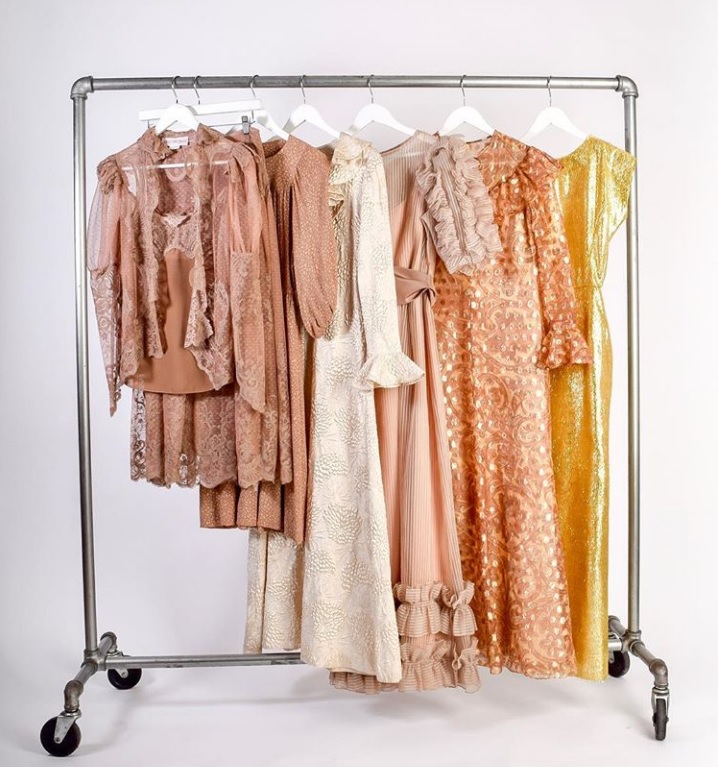
There comes a point where you have to draw the line. Debating about an entire redesign? Leave the piece on the rack and search for something that is more in line with what you desire. It won't be worth your time to rework it. If you're using a seamstress, the cost to redo the garment will probably work out to more than a new option.
Image: @amarcordvintage
-
Purchasing Things That Are Too Small
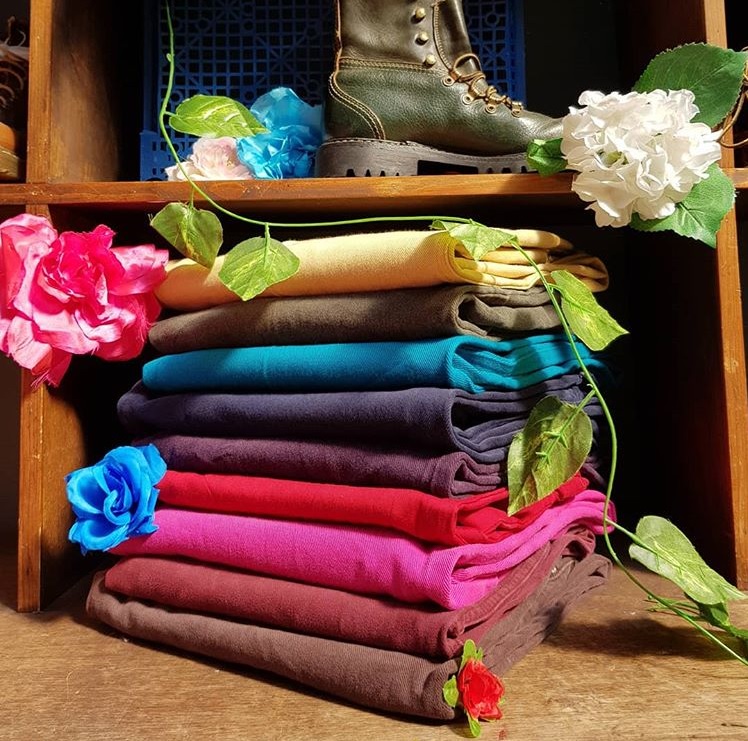
Do not buy something with the idea that you will fit into it someday. Things that are slightly too big can be taken in, but there usually isn't enough seam allowance for clothes to be let out properly. Even if there is, the color of the material might have changed from age or the needle marks might be visible.
Image: @beyondretro
